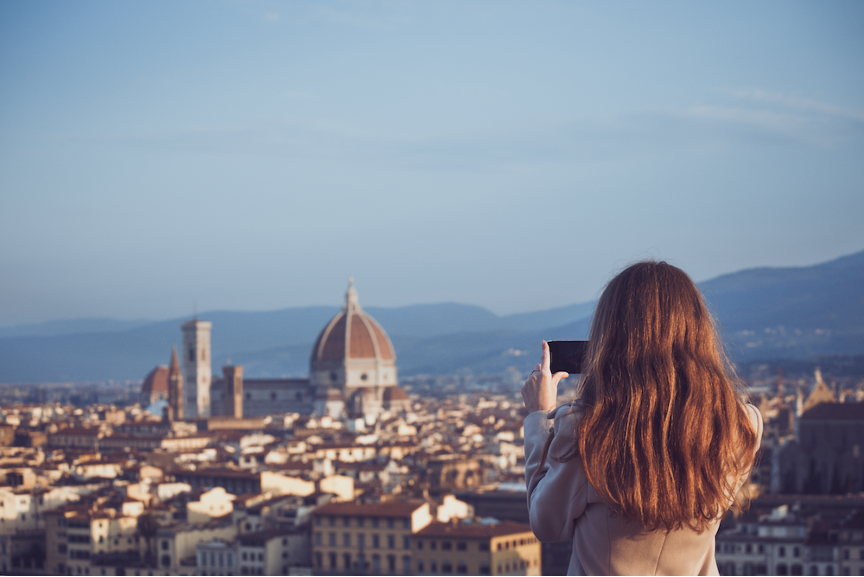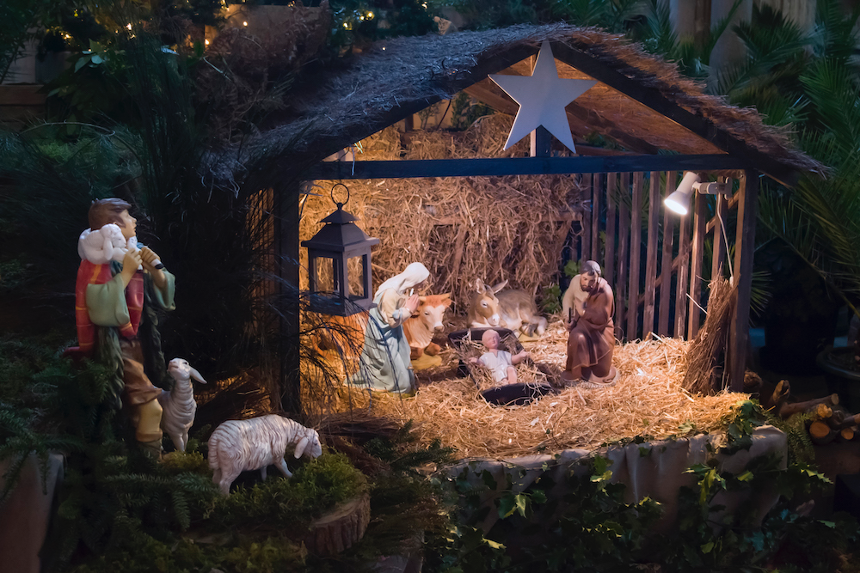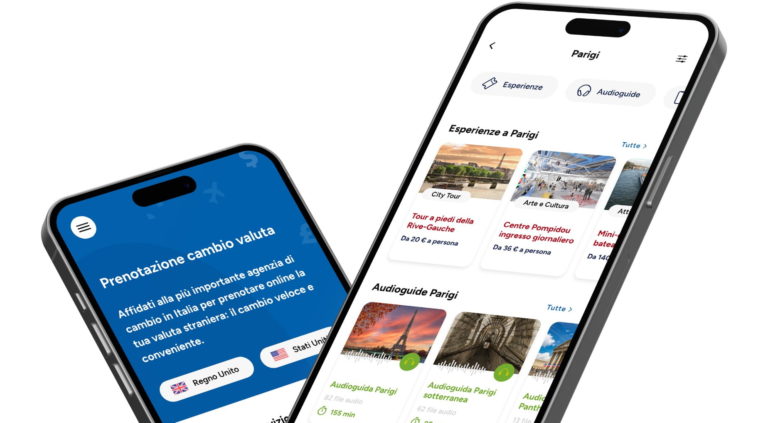Travelling means going beyond your own horizons to immerse yourself in other cultures and new stories. Every trip is a unique experience, a discovery. For this reason, it is always very interesting to learn more about the characteristics and the history of the cities we visit. In this regard, audio guides are one of the most practical and functional tools. Let’s see together why to buy an audio guide before setting off on a trip: how they work and where to buy them.
Why buy an audio guide
1) Download it directly to your mobile phone
Tourist guides are very useful tools for getting to know a particular location. From this point of view, paper guides are useful and very interesting, but they have their obvious disadvantages: they take up a lot of space and are heavy. Paper is not practical, especially for those travelling by plane. An audio guide has evident advantages, and one of them is that it can be downloaded directly onto a smartphone. They take up no space and are weightless. Always at hand, they can be used easily whenever you want.
2) Listen to the audio guides on your own
When visiting a city, guided tours are offered in many cases. These guided tours can be very interesting, but it is not always easy to take part in these guided activities. It is not uncommon to find oneself part of very large groups of tourists, in crowded and very chaotic places. Many tours can be long and tiring. With an audio guide things are very different: you can follow the suggested itinerary, moving in complete freedom. You choose what to visit, when, how, at your own pace.
3) Quality products in different languages
The best audio tourist guides allow the access to high quality material in different languages. In this way, downloaded content can be listened to by everyone, even in a multilingual context, with foreign travel companions.
How audio guides work
The audio guides work in a very simple way. Just buy the audio guides and download them directly to the device from which they are to be listened to. Once downloaded, simply press the ‘Play‘ button on the player to listen to the track of interest. Generally, each track focuses on specific city attractions and their history. To switch between different topics, simply select a specific track, or scroll through the playback with the ‘Skip‘ buttons.
Forexchange digital audio guides
In view of the remarkable advantages offered by digital audio guides, we at Forexchange have decided to create for you a rich catalogue of audio guides themed around the major cities of Italy, Europe and the world. These are products of a high editorial quality, translated into 7 different languages: Italian, American English, French, German, Spanish, Russian and Mandarin Chinese. These audio contents have been written by a group of experienced authors, to be read by professional interpreters who have been in the television and radio industry for years. This ensures a pleasant, engaging and immersive listening experience each and every time.
Discover the history and curiosities of the city you have chosen to visit with Forexchange’s audio guides. Immerse yourself in your journey how, where and when you want. Discover many other travel services such as the online currency exchange service, eSim and the Experiences offered by Forexchange.
Photo Credits:
Firmbee, Pixabay









